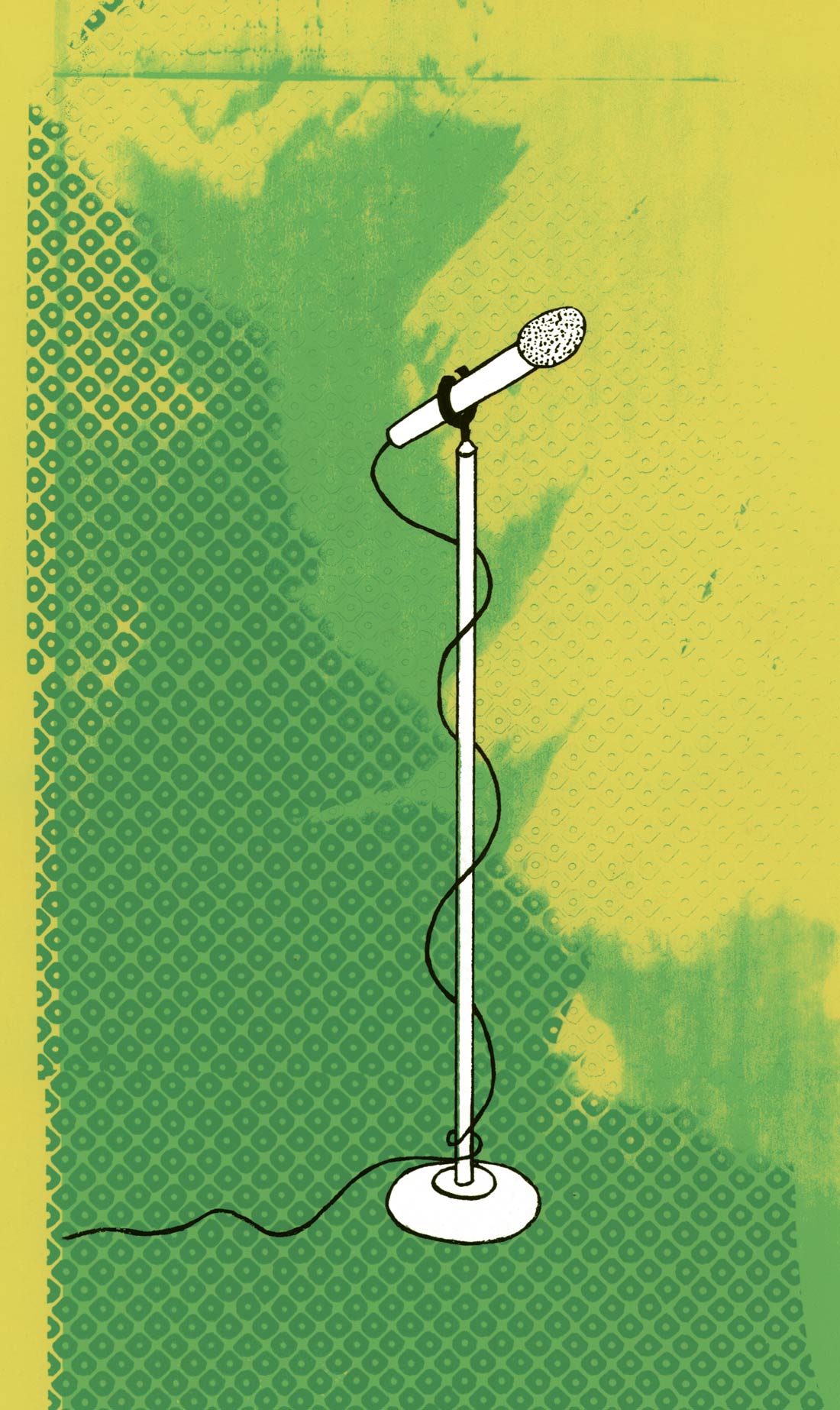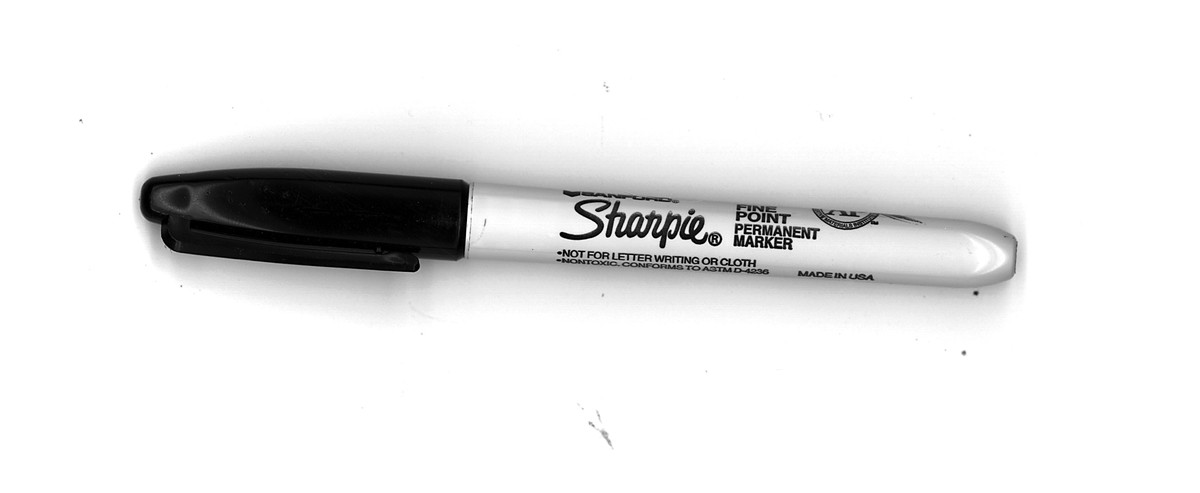Okay, here's the rant I've been building up on for years and during the Tape Op Conference it came up a few times. What the fuck is wrong with some of you engineers out there that can't be bothered to include documentation with materials that leave your studio? And what's the deal with not educating artists and archiving their sessions?
Documentation
Multitrack Reels and Tapes: ON THE BOX
Info needed on the spine/box includes the tape number, date, artist and where it was recorded. If the name of the album or project has already been determined please put it here! On the actual analog reels write all the above info plus the number of tracks (24/16/8), tape speed, noise reduction (if used), EQ used (AES or CCIR), tail out (I hope) and the operating level (i.e. +6/185 nWb/m). If there are reference tones, make note of where they are located ("tones on tail," "tones on reel #1," etc.) There should be a Bass Sweep from 200 Hz down to 20 Hz. If a sweep oscillator is not available, 50 Hz is a better reference tone than 100 Hz. Also note where any bias pads are for setting up the machine on a new deck. These should always be at the end of a reel to avoid recording into the top of a song.
Digital multitrack tapes should include all of the info that is on the box, plus the bit/sample rates. Somewhere with the reels or tapes there should be a track sheet telling where all the songs are in absolute time, either on the tape case or an included sheet. Please. If there are alternate takes that won't be used for the album note this.
Track Sheets: IN THE BOX or IN A FOLDER
Track sheets are mandatory for anything over 2 stereo tracks. I don't care how obvious it may seem, I wanna know where the instruments are printed. If you're really smart you could include what mic/pre/comp/EQ combo you used and even guitar/amp combos in case I need to patch something in. Track sheets should also carry info like the artist's name and song title — a "working" title put in quotes is better than a blank space. Reels/tapes and songs should be numbered, including absolute time listings, song timing (where's the chorus?), engineer, producer and assistant names. For analog tapes, please include tape type, EQ (AES or CCIR?), noise reduction type (if used), operating level, the date of the initial session, tape speed, number of tracks used (especially if the studio can do 24- or 16-tracks on an analog deck). If the song is to be mixed or recorded on at an odd speed for pitch or timing reasons note this in large letters and use a hi-liter too! Commonly used terms should be applied, like TBE (to be erased), * (for keeper tracks) and L or R (left or right). If you think there's any confusion why not make it clear? Write track sheets in pencil in case things change later!
DAT and CD-R
Always make backups of digital media. Always. I've taken to running two live DAT mixes if that's the only medium I'm mixing to. One of them has to work. Always print at least one minute of silence at the top of a DAT — this provides blank tape for the machine to eat if it is so inclined. Five minutes of a 40 Hz tone can tell you that the machine is functional or not. Make sure the ID numbers on DATs correspond to the songs and are in the right places. Many times they don't and it's annoying, especially at mastering. Use "safe" ink pens when writing on CD-Rs, not Sharpies. Write the source and date on mixes, along with the song titles and any notes ("vox up 1 dB"). Writing "2-Track Audio" on CD-R references might not hurt in telling data and audio CD-Rs apart later. Make sure DAT and CD-R cases have the same labeling as the tapes. This way everything ends up in the right box!
Condition
Analog reels should always be stored tail out to prevent print through. I splice leader on the ends and between the tones and even between every song. When using SMPTE, keep in mind that pre roll is required for syncing, so provide adequate time (no less than 10 seconds, more if you can spare it). Put reels back in the plastic bags they came in if those are available. Digital multitrack and DAT tapes should always be rewound to the top. This is a safer way to store them. Keep all track sheets with the tapes — in the reel case or fancier ADAT boxes or even bound to the tapes with a rubber band.
Do this tedious, yet quick, work during the session and all of our jobs will be easier. Good labeling can save a client a trip and save the studio owner the time spent checking a tape just to see if it's compatible with your machine. No more cancelled sessions because you have a 16-track 2", not 24. No more searching for the right mix on an unlabeled and mis- ID'd DAT. (Then again, you can't trust musicians to read the documentation right over the phone half the time).
You Make the Call
My last point is a hazier subject. As recording engineers I think it is our responsibility to send our clients home with archived sessions that they can easily remix or work on at a later date. If this means you have to sit around and spit out CD-Rs for a few hours after a session do it. Do you understand how useless your work is when all the artist has is a hastily prepared 2-track mix that would have made it on the album if it could have been remixed? No one's gonna complain about the cost of blank CD-Rs these days! Hard drives can be used as back up but who knows how long the moving parts in them will last. Assuming they spin up at some future date, will the file format still be compatible? Will there be a utility to recover the information?
Steve Albini even recommends dumping Pro Tools-type sessions to analog tape as he believes the current platforms will be obsolete in the near future. An analog or digital tape deck could always be resurrected from "donor" machines. Compared to the technology in a digital tape deck, an analog deck could even be built from scratch, the headstack being the most complex component. Digital technology uses many specialized parts such as ASICs (Application Specific Integrated Circuits) many of which are already unavailable.
Even analog can present problems. I used to rent 2" reels for 3 months to clients on a budget. Several times people called me 3 months and a week later and wanted to remix their songs, but I had already rented the reels to another client. Usually they claimed I was lying (even though I had invoices to prove otherwise) and threatened to call the Better Business Bureau. Now I hook people up with used tape and send them home with the carefully documented-on reels.
I know it's hard to educate clients about the whole recording process, but I believe this is part of our job that must be taken seriously. Even if all you do is record yourself, take time to organize your archives and make backups. A number of times in my past I wish I'd sprung for a reel of tape so I'd have the masters or alternate mix backups. Now all I have are those memories and some poor-sounding mixes.
Thanks to Eddie Ciletti for editing this article!


